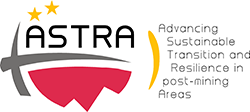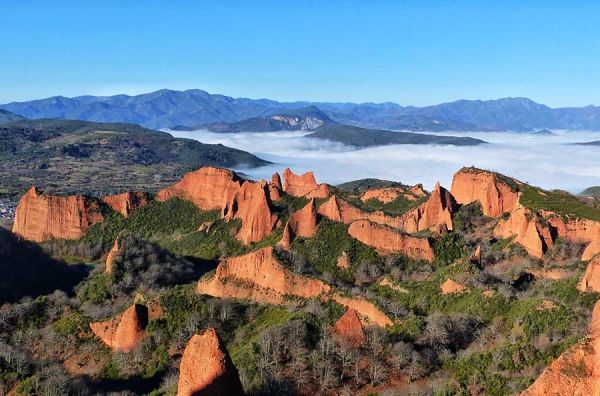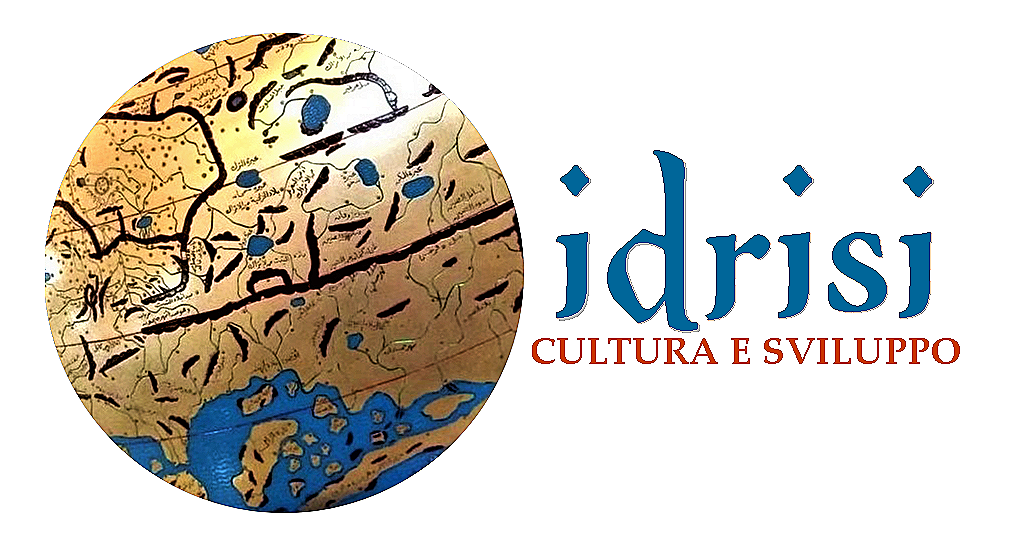Las Médulas
42º 27' 34'' N 6º 45' 35'' W
Northwest in Spain
Spain
Description
Las Médulas is a historic gold mining site, which was established in the first century A.D. It completely changed the landscape of the region – the once rolling green hills were sliced in half leaving a scarred scene of red pinnacles. It resembles the Wild West or desert landscapes of Arizona, more than anything you’d expect in northern Spain.
Extracted Materials
It is the most important gold mine, as well as the largest open-pit gold mine, in the entire Roman Empire.There are many minerals. Las Médulas Cultural Landscape is listed by UNESCO as a World Heritage Site. Advanced aerial surveys conducted in 2014 using LIDAR have confirmed the wide extent of the Roman-era works
Antropological info
There are severe environmental concerns over the pollution in the mine.
Owing to the logic of extractivism—the rapid and widespread removal of resources for exchange in global capitalist markets—both developed and developing countries are inextricably entangled in pursuing resource extraction as a means of sustaining current lifestyles as well as a key mechanism for promoting socioeconomic development. The past last years has seen a massive expansion of mineral resource extraction as many developing countries liberalized their mining sectors, allowing foreign capital and mining companies onto the lands of peasant farmers and indigenous people. The illnesses they can suffer are silicosis,pneumonia,cancer,asbestosis,respiratory problems and others. Common pills that minners use are silccosis herbs,hospital treatment,painkillers pills,anti- inflammatory
Once the miners settled into camp, they would use the hours outside of gold panning to take advantage of the wild food sources surrounding them. Berries, herbs, and animals such as game, squirrels, bison, prairie dogs, and sheeps were hunted and trapped in the forest to be cooked over the fire later on. Since most of the miners from the gold rush were male–and because of the fact that the nineteenth century still defined cooking as a woman’s job–most of these men were forced to learn how to cook over the open fire in order to survive the mining days. The religion of these minners is Catholicism.They also have to study in elite university to become minners.
Sociologal info
The archaeological zone of Las Médulas (León, Spain) experienced an intense exploitation in Roman times to obtain gold. The metallurgical site of Orellán, located in this zone, was occupied throughout the 1 st and 2nd centuries AD by an indigenous population, which exploited iron minerals and produced tools to serve the Roman interests in the region. The main goals of this study were to determine the production technology of some domestic pottery wares of the Orellan site and to provide some insights into their probable provenance. Both pottery and clay raw material samples were characterised by different physico-chemical techniques. The resulting data revealed that most of the pottery wares were locally produced rather than having been imported into the region from other areas. The research thus ratifies the rural and tributary nature of these peasant communities, which had a very restricted access to the trade circuits of the Roman Empire.
Archaeological info
The spectacular landscape of Las Médulas resulted from the ruina montium (wrecking of the mountains), a Roman mining technique described by Pliny the Elder in 77 AD. The technique employed was a type of hydraulic mining which involved undermining a mountain with large quantities of water. The water was supplied by interbasin transfer. At least seven long aqueducts tapped the streams of the La Cabrera district (where the rainfall in the mountains is relatively high) at a range of altitudes. The same aqueducts were used to wash the extensive alluvial gold deposits.
Sustainable tourism insights
In the region of El Bierzo, to the northeast of the Montes Aquilanos and near the valley of the river Sil, we find Las Médulas, a fantastic landscape resulting from the gold exploitation by the Romans, and it has been declared a World Heritage Site by UNESCO.
Environment sustainability
The massive scale of mining at Las Médulas and other Roman sites had considerable environmental impact. Ice core data taken from Greenland suggest that mineral air pollution peaked during the Roman period in Spain. Levels of atmospheric lead from this period were not reached again until the Industrial Revolution some 1,700 years later.
The inclusion of Las Médulas as a World Heritage Site was controversial for similar reasons. The delegate from Thailand opposed the designation because he considered the site "a result of human destructive activities as well as harmful to the noble cause of environmental promotion and protection."









